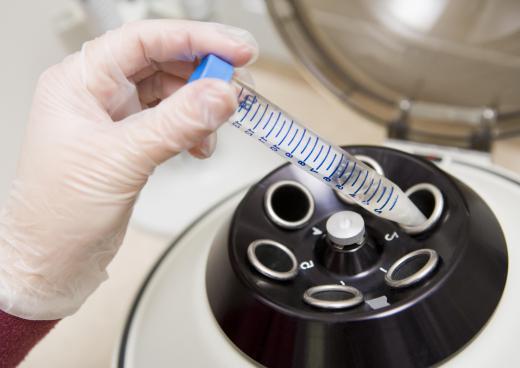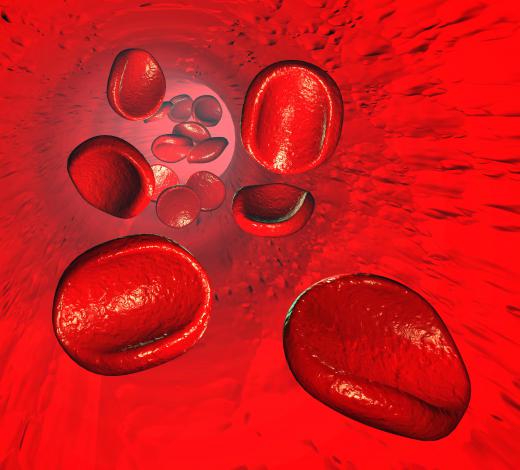Gravity separation is a method of separating a suspension into its individual components. It is commonly used in medical settings to separate red blood cells from plasma, and in metallurgical industries to separate particles of different metals. Effective separation relies upon the different densities and sizes of the particulate matter, and works by combining forces of gravity with resistance to movement. The finished concentration is a ratio of the difference between the density of the heavier particle and the fluid, to the difference between the density of the lighter particle and the fluid:
Concentration = Dh - Df / Dl - Df

There are a multitude of ways to achieve gravity separation, the most common being static separation, centrifugation, and jigging. For all methods, a proper water balance in the suspension is important to ensure efficient separation, and the fluid must be free of slimes, which increases the viscosity and hinders particle movement. For the most effective gravity separation, particle sizes should be relatively close, with very small or very large particles screened out.

The static method is gravity separation at its purest, and relies solely on gravity to achieve separation. The suspension is agitated, then left completely undisturbed. As the mixture settles, the larger, denser particles will come to rest first and settle on the bottom of the container. The next largest and densest particles will settle on top, forming a distinct layer. The process continues until all of the particles are settled into their respective layers, with the smaller, lighter particles on top. All methods of gravity separation work in this manner, but differ in the mechanisms applied to facilitate separation and speed up the process.
Centrifugation is the separation method most frequently used in medical settings, but is also occasionally used in more specialized metallurgical operations where small quantities and larger particles are involved. In the case of blood, the sample is injected into a rubber-topped glass tube, and once clotted, is placed into a counter-balanced centrifuge. The centrifuge is allowed to spin at very high speeds, which produces centrifugal forces that push the particles down through the fluid until they collect into a compact mass at the bottom of the tube. Some tubes contain a gel separator that is heavier than the plasma but lighter than the blood cells, and forms a barrier to keep the two from re-mixing after centrifugation.
Jigging is an older, yet still effective, gravity separation technique that achieves separation down to 150 micrometers. The most basic jigging mechanism involves placing the substance to be separated atop a bed of “ragging,” such as ball bearings, in a water chamber. The ragging layer rests on a perforated sheet atop another chamber, which sends alternating suction and pulses through the ragging to the top. The pulses rattle the ragging, creating spaces for the heavier particles to fall through, and the suction causes them to collect in the bottom chamber. Lighter particles are washed from the surface by a constant flow of water over the substance in question, and collected in a separate container.
